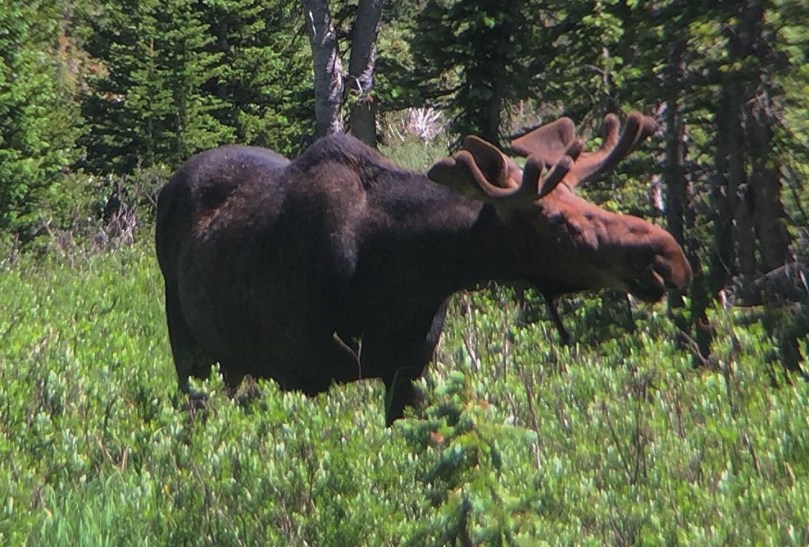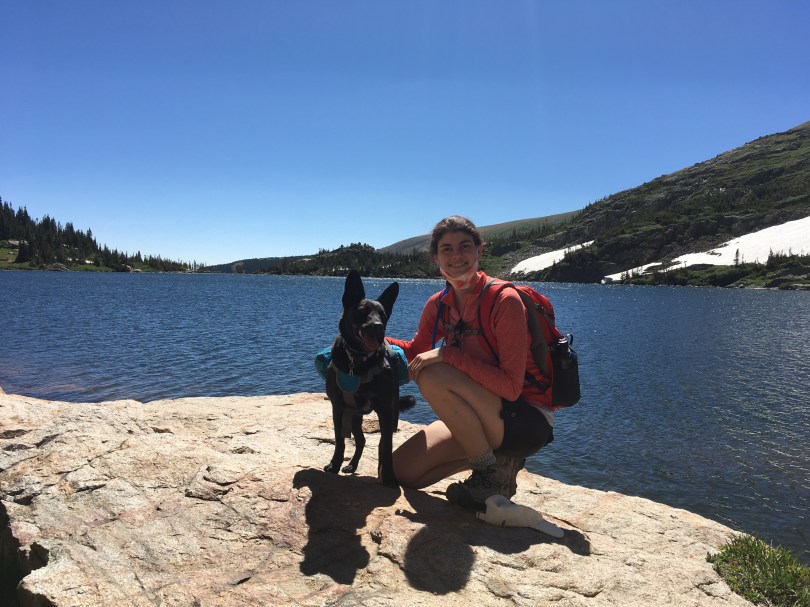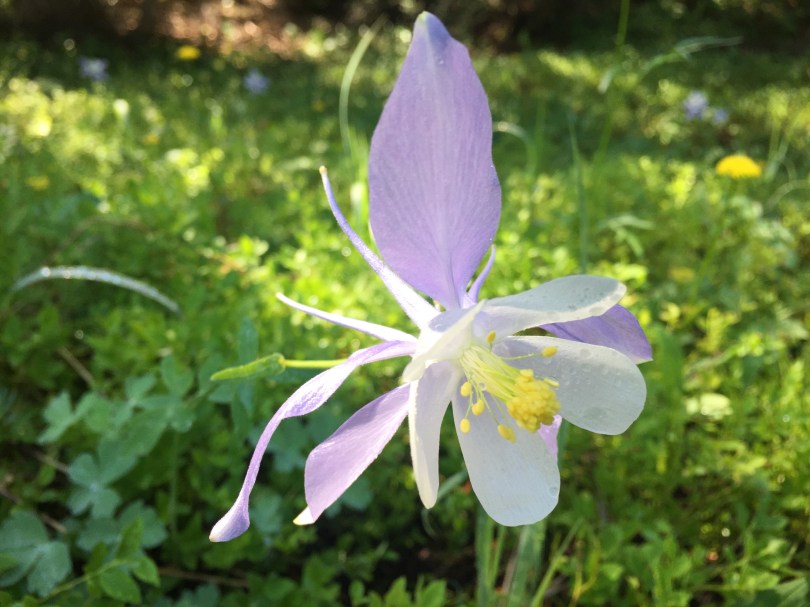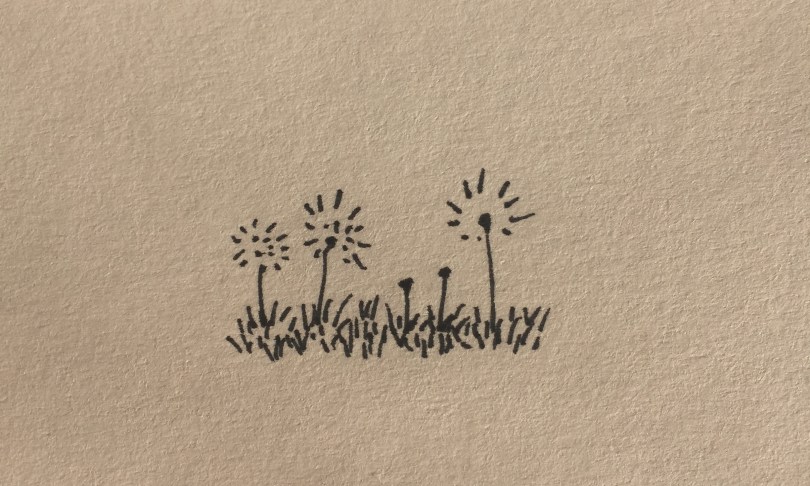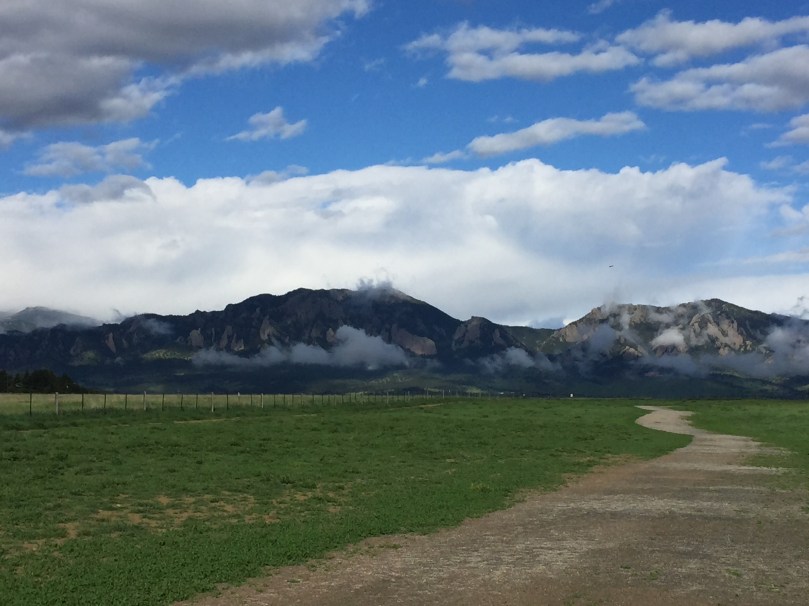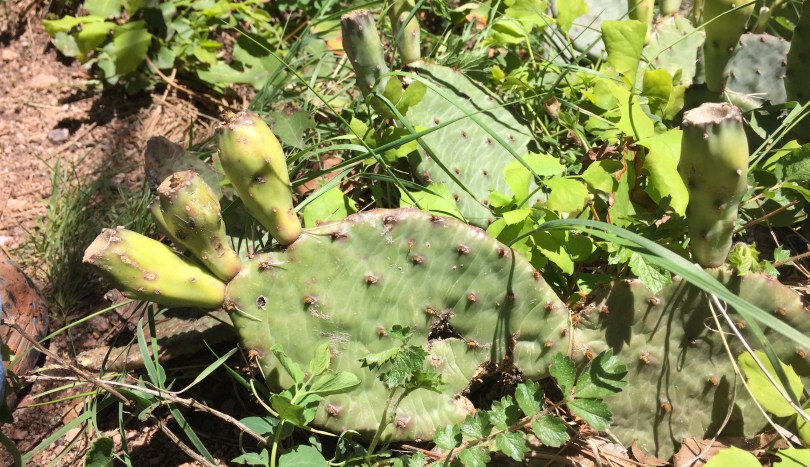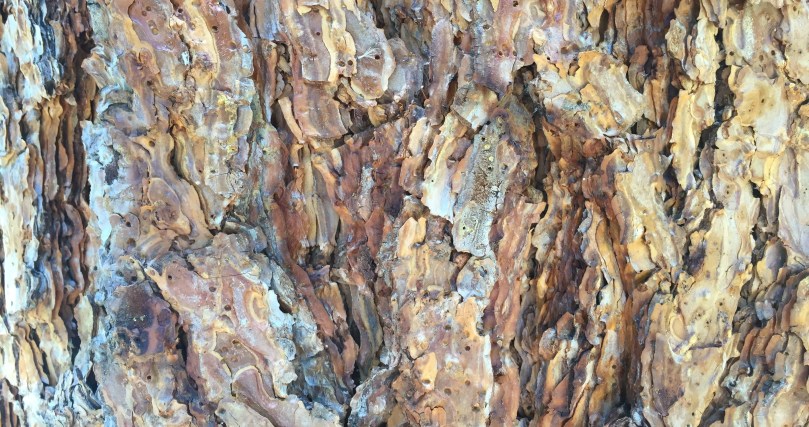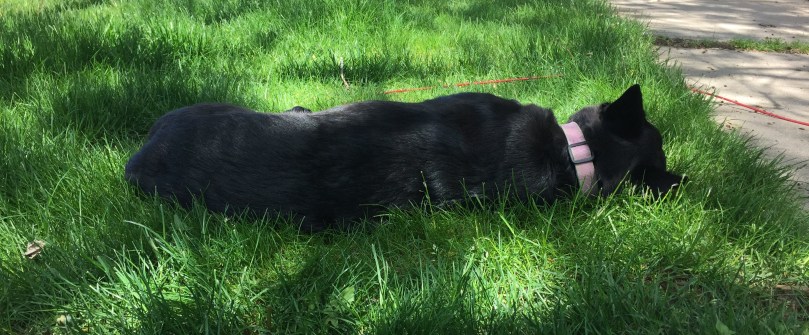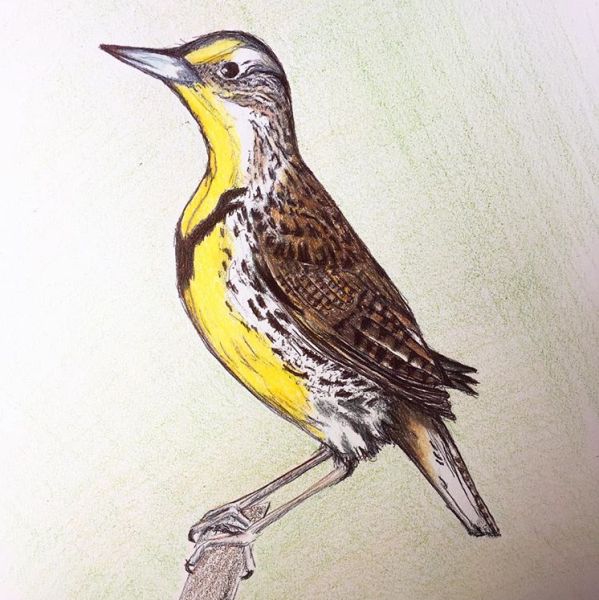In an effort to help me become more easy and breezy, Fridays have been dubbed “Yes Day” by my therapist. I’m supposed to not hesitate when I’m faced with a decision on Fridays – just say yes. I mentioned this in a recent post, in which a therapy session combined with ketamine saw the creation of No Nap Day, which was slipped past my steel sieve mind on Friday under the guise of a Yes Day opportunity. Just kidding- I knew exactly what I was agreeing to.
I had good reason to say “yes” to No Nap Day. My Yes Day adventures have already resulted in positive experiences, so it only follows that I should keep it up. I’m not generally a spontaneous person. I rarely do anything on a whim, and sudden changes to my plans make me anxious. Sensory processing disorder makes me strongly prefer routine over spontaneity. I know that I like all of the sensory aspects of my familiar routine; anything new is overwhelming and could be very unpleasant.
Then again – it could be wonderful, and by saying “no” to new things, I run the risk of missing out on some great stuff. Take last month, for example. I go hiking with my mom every week. We usually pack lunch, make frequent stops to look at wildflowers, and generally have a wholesome nature experience. I usually enjoy these outings a great deal, but on this particular day, I was tired. The fresh air and pre-hike coffee did not perk me up, and I trudged up the mountain with heavy boots.
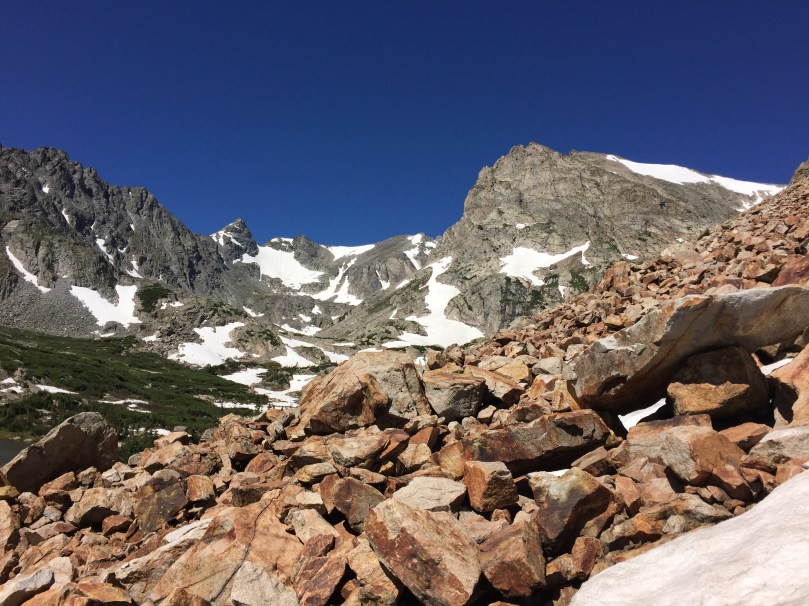
We reached the first of two lakes about 2 miles up the trail, and as we rested on a flat boulder, we discussed our options for the rest of the day. My mom wanted to continue on to the second lake and the glacier, but I was reluctant. Heading back to the car and going home sounded pretty good to me, but it was Yes Day, after all. So, I said “yes” to continuing on. Stella led the way up the trail, and although I was still tired, we got into our usual pace before long.
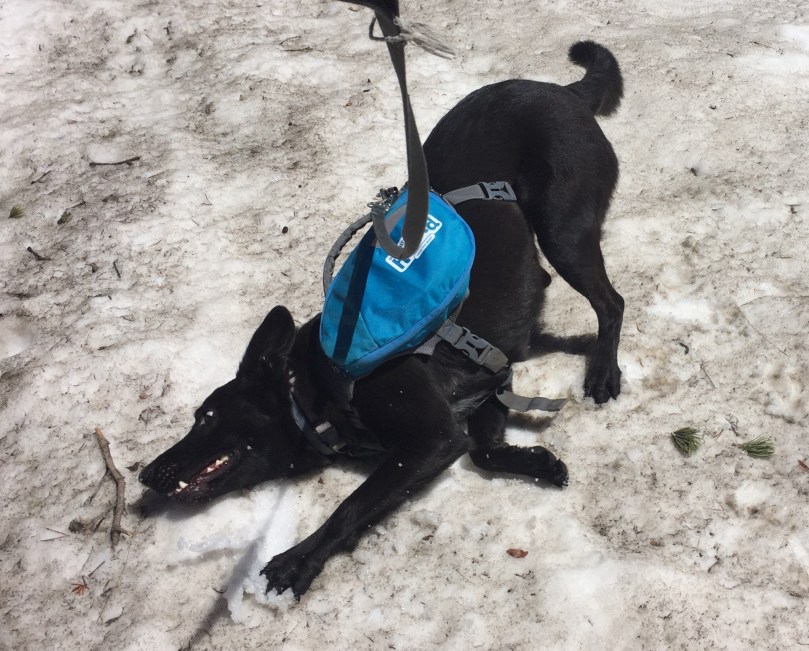
Stella was awed by snow in July, we humans were awed by the views and the beautiful waterfall, and I managed to be distracted from my fatigue enough to enjoy myself. We almost made it to the glacier, but our second wind was fading in earnest, so we took in the view and then headed back down the trail.
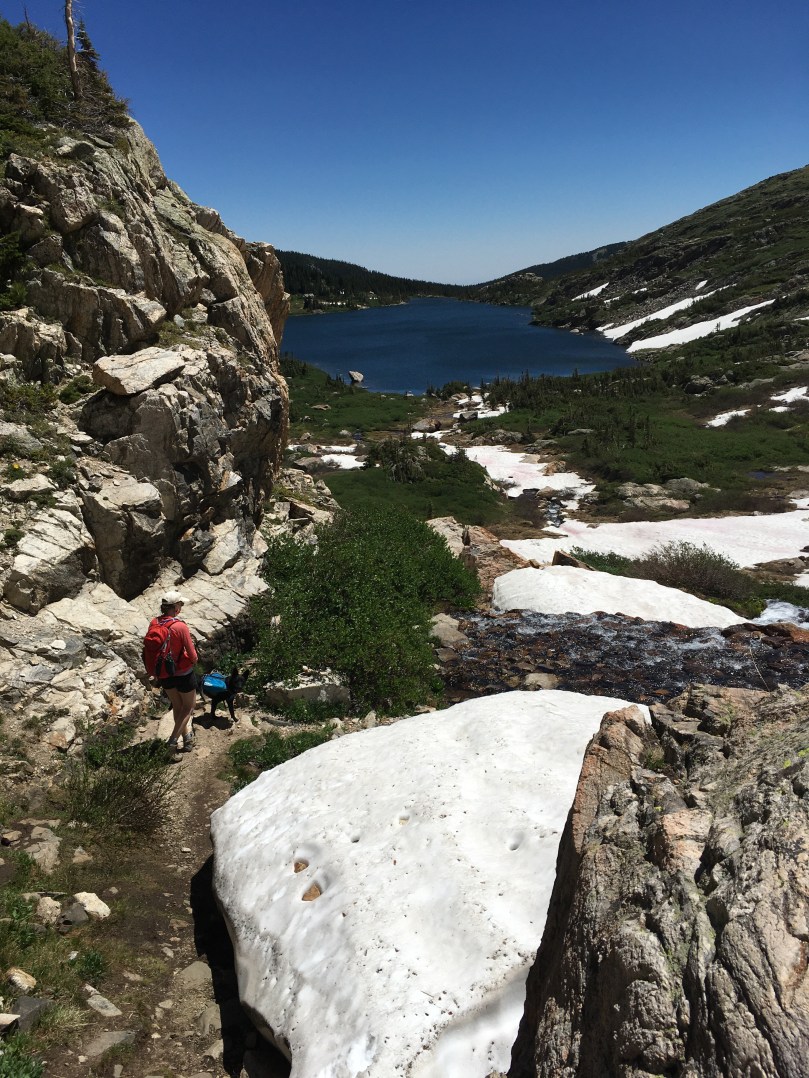
Going downhill is easier than uphill in some ways and much harder in others. Upon reaching the parking lot, we hurried to the car and got the AC going. Stella had her head out the window as we turned onto the road, and we all enjoyed the bliss of sitting down.
Almost immediately, we came upon a car stopped in the middle of the lane. We waited for a few seconds, and then my mom said “Maybe there’s a moose!” I admit – I scoffed.
“They’re probably looking at Google Maps, trying to figure out if they’re going the right way.” I said. We chuckled a bit as we crawled forward, until the driver of the stopped car waved us around them. As we passed, I looked to the right and blurted “There IS a moose!”
“What?! Really? Should I…”
“Yes, back up!” I urged her. We rolled backwards until we could see it. An enormous moose (all moose are enormous, I suppose) was standing calmly by the road. He was munching on the thick vegetation around him, ears flicking lazily at the gnats.
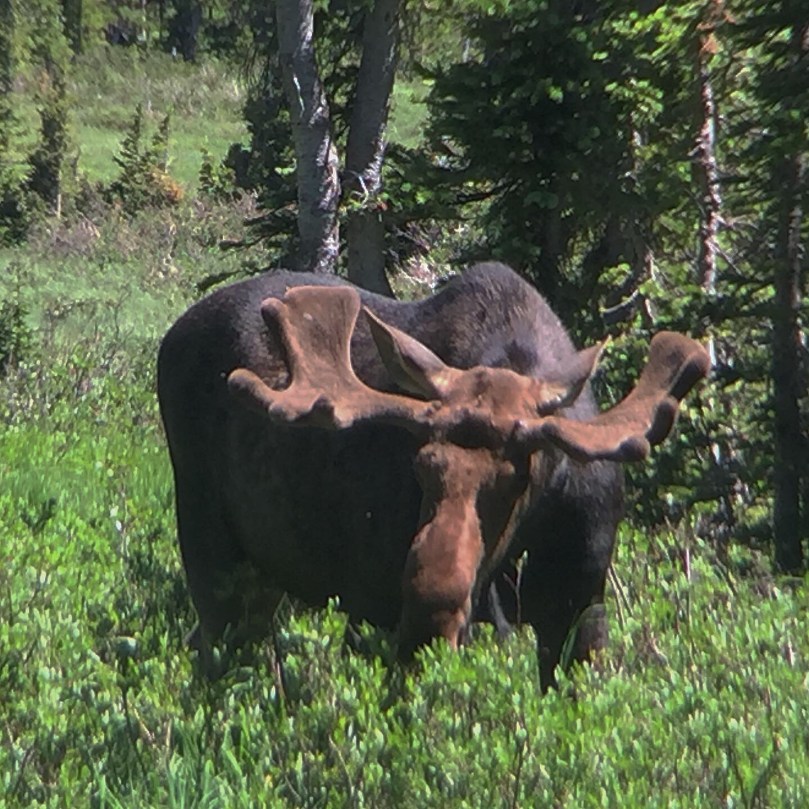
His antlers were velvety and magnificent. They’re such strange-looking adornments – one might even say goofy – and yet they’re so sturdy and solid. They make an effective reminder that moose are very, very, very strong animals. This one was content to carry on chewing, paying no mind to the gawking humans. I think that’s part of what makes them so interesting to watch; they’re completely unbothered by activity around them. They’re not as skittish as white-tailed deer, not as pugnacious as, say, a brown bear. They just sort of…stand around. Not to say that they won’t charge and cause you serious bodily harm, but this one’s general demeanor was one of complete and utter boredom. He was so unimpressed with us that it was almost like he was thinking “Yeah, yeah, snap some pictures. Now go home, kids. I have important vegetarian work to do, here.”
My mom and I rode that excitement all the way down the canyon. Along the way, it occurred to me that I had Yes Day to thank for it. After all, we would not have seen the moose if we had turned around when I first wanted to. Instead, I said “yes” to the rest of the hike, putting us in exactly the right place and time to witness that moose’s dangly neck thing (I now know it’s called a dewlap) waggle above the leaves. Moose are so silly, and yet so distinguished. Truly a creature of contradictions.
